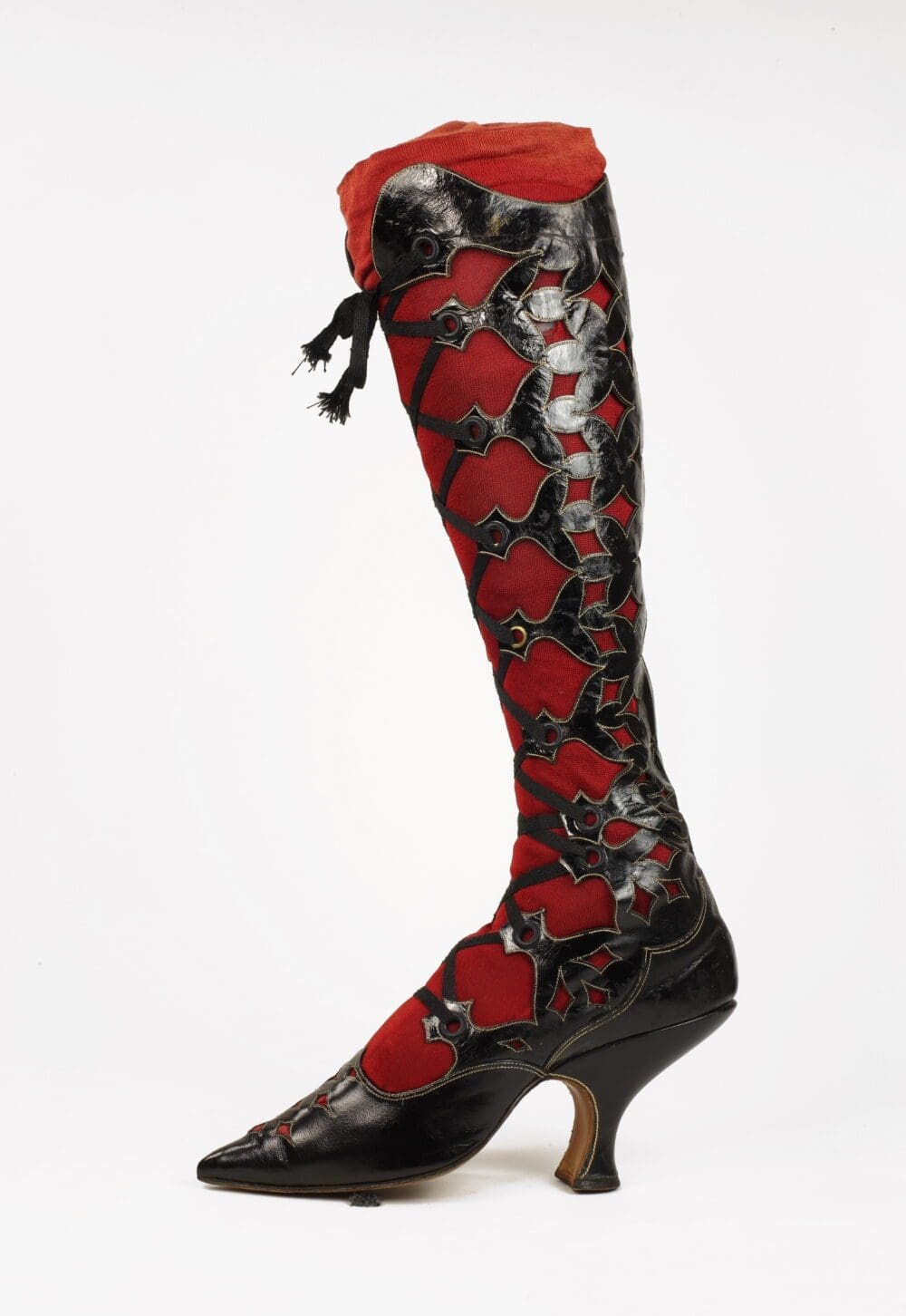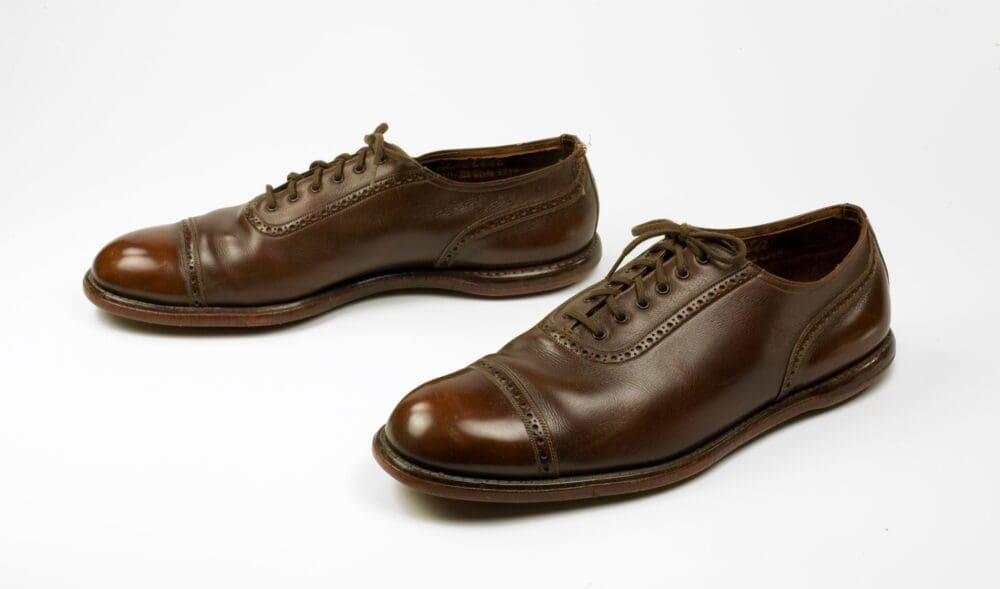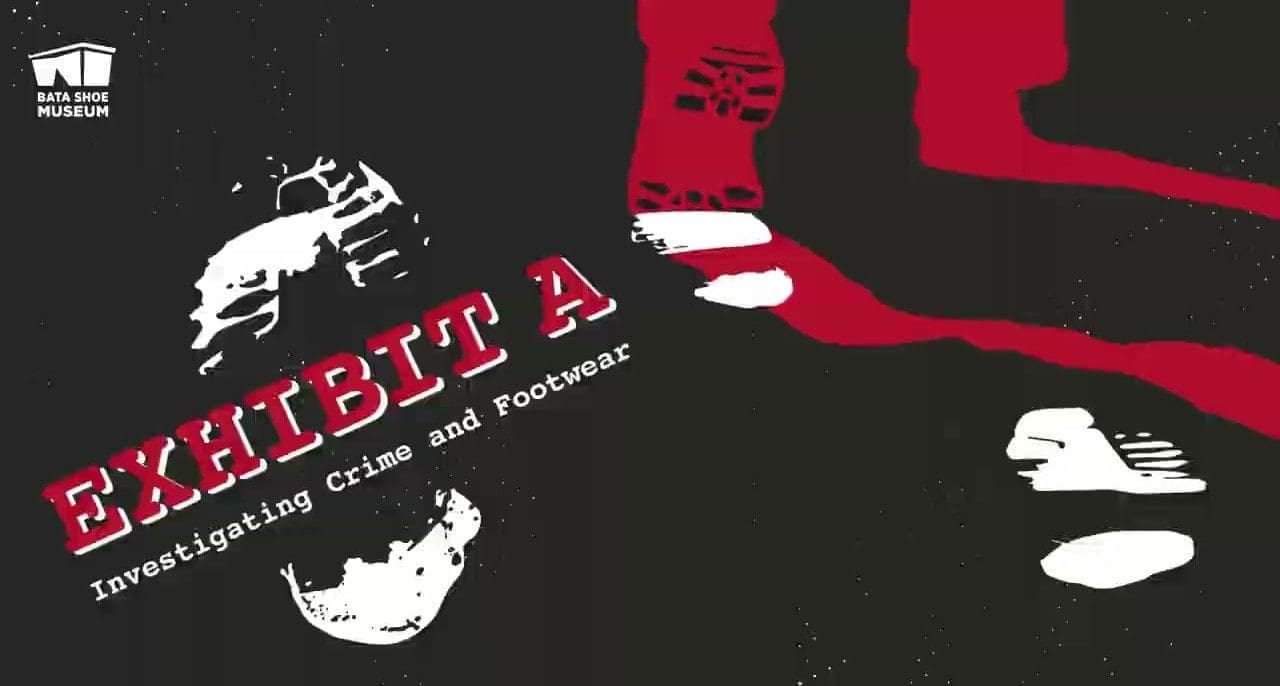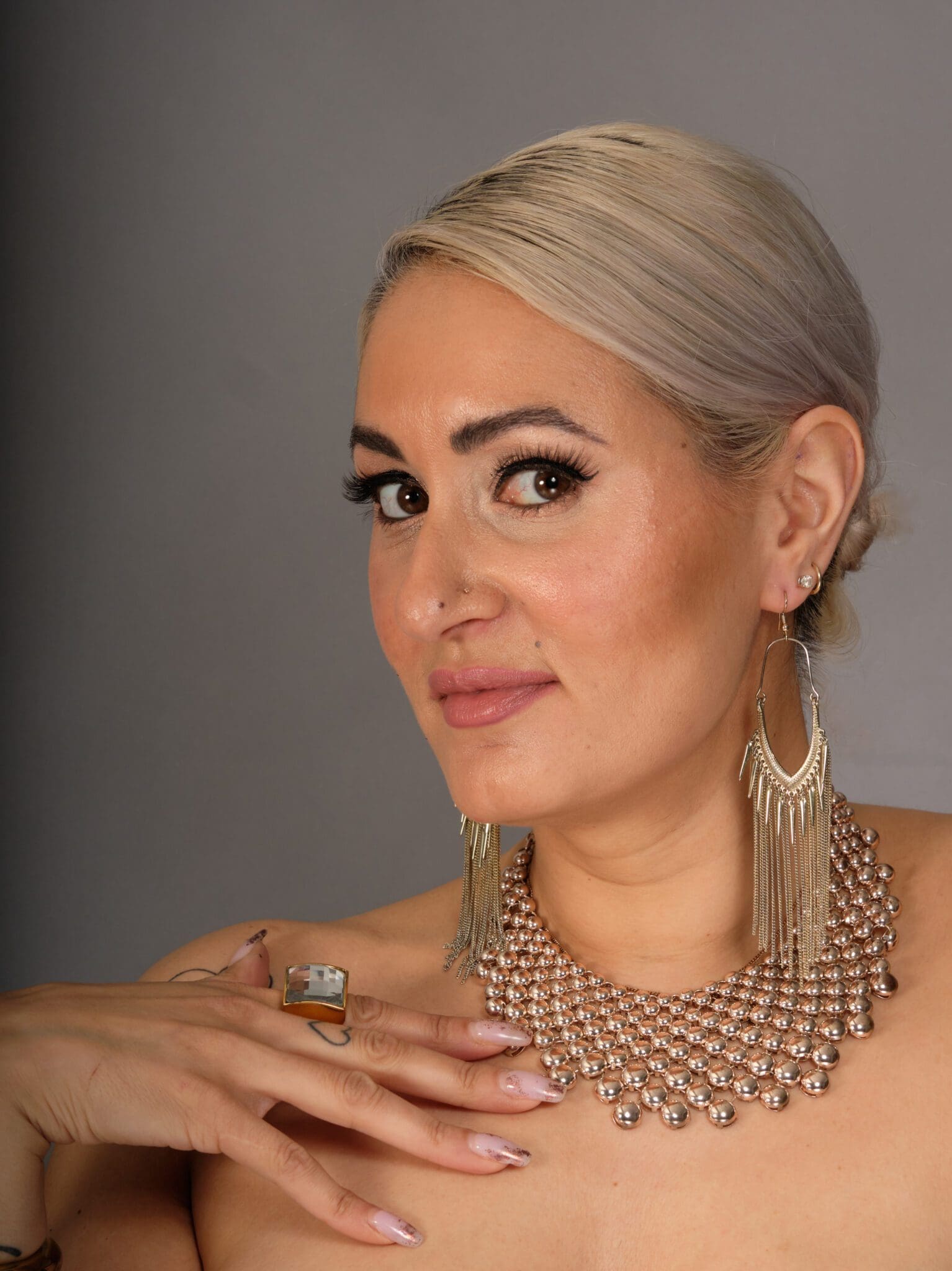Bata Shoe Museum announces its spring exhibition titled Exhibit A: Investigating Crime and Footwear which will open to the public on Thursday, April 18, 2024 and run for 18 months.
With a growing international collection of nearly 15,000 shoes and related artifacts, the Bata Shoe Museum is North America’s only museum dedicated to exploring humanity through footwear. Through its permanent and rotating galleries, the BSM showcases over 4,500 years of footwear history. For every shoe, there is a story. And this story is all about how crime and footwear come together.
Curated by Elizabeth Semmelhack, Director and Senior Curator, Bata Shoe Museum and Dr. Alison Matthews David, Professor at the School of Fashion, Toronto Metropolitan University Exhibit A: Investigating Crime and Footwear considers how clothing and footwear influence cultural ideas informed by assumptions and bias. The exhibit examines the development of footwear forensics as a means of solving crime as well as the social constructions of criminality from the nineteenth century to today,

“Footwear can be incriminating on multiple levels”, says Semmelhack. “The ‘wrong’ choice of shoe can lead to suspicion while footprints left behind can lead to detention. This exhibition explores the wide range of ways in which crime and footwear intersect.
Over a century ago, French criminologist Edmond Locard established the “exchange principle,” which suggested that objects from crime scenes were more truthful and reliable than people’s testimony. It was argued that witnesses could forget or lie about events, but stains, fibres, and footprints provided unbiased proof of guilt or innocence. While clothing and especially footwear offers important clues in criminal cases, it also plays a much more complex role in both actual crime and who we, often wrongly, have culturally deemed to be criminal. This exhibition will take visitors on a journey to sleuth out the central but complex role of footwear in crime, policing, and the judiciary system.
“Whether the footwear in Exhibit A was worn to elude capture, smuggle tools, project glamour, provide employment in prison, used as evidence in court or as a weapon, it has literally left its mark on the history of criminal investigation”, says Alison Matthews David, Professor, School of Fashion, Toronto Metropolitan University. “We hope that this exhibition offers you the opportunity to sleuth out your own clues to the mysteries held within these fascinating and often troubling objects.”
Some Exhibition Highlights
FLANNELFOOT (on loan from the Crime Museum of New Scotland Yard, London, UK)
The first ever loan of this burglar’s kit made by Scotland Yard, Flannelfoot has been dubbed London’s most famous house burglar. The elusive ‘Flannel Foot,’ known for wrapping his feet in flannel cloths or socks to muffle and mask his footsteps, Henry Edward Vickers, was finally caught in 1937 by Scotland Yard police after a notorious 25-year career of petty crime. His kit included tools to cut glass windows, gloves to avoid fingerprints, a flannel sock, and rubber galoshes with distinctive soles to keep his shoes clean of suspicious mud.
19TH CENTURY CUT-OUT BOOTS
Historically, female criminality was often linked to a love of finery and seductive behaviour, with dress playing a central role in how women were perceived. Heels that were too high and clothing in lurid colours that exposed too much skin were often used as proof of immorality. It was believed that women might be driven to crime from shoplifting to murder because of an uncontrolled desire for fashion.

HOBNAIL BOOTS
Before fingerprinting and DNA evidence, footprints were key to the detection, identification, and conviction of suspects. In particular, hobnail boots worn by working-class men in the 19th and early 20th century, which had nails in the soles to reinforce the durability and provide traction, offered useful evidence because each shoemaker and region used distinctive nails.
HIGH-TOP SNEAKERS
The word ‘sneaker’ was used in 19th century England and US to describe criminals and others of bad reputation. In the US, the term was also used for rubber-soled athletic footwear because they allowed wearers to walk around noiselessly and sneak up on others.
TWO-TONES SPECTATOR
Worn by Bela Lugosi who played the original 1931 on-screen Dracula, these shoes were originally associated with leisure and play, but by the 1930s, were seen as flashy, the footwear of playboys and gangsters. In England, this connotation was captured by their alternate name, ‘co-respondents,’ a term used in divorce cases to identify the person who committed infidelity.

Exhibition Related Programming
Highlights below and more to be announced.
- April 20 and 21 – Community Weekend – Free Admission all weekend
- April 27 – Dramatic Soles – a Crime-Inspired Playwriting Workshop
- June 5 – Classic Crime Movie Trivia
- July 17 – Exhibit A Paint Night
- July 24 – Stephen King Trivia Night Pt.1
- August 21 – Stephen King Trivia Night Pt. 2
The Bata Shoe Museum is open Monday to Saturday from 10 am to 5 pm and Sundays from 12 pm to 5 pm. The BSM is pleased to offer free general admission every Sunday. Indigenous visitors are always welcome for free.
For more information visit batashoemuseum.ca.


